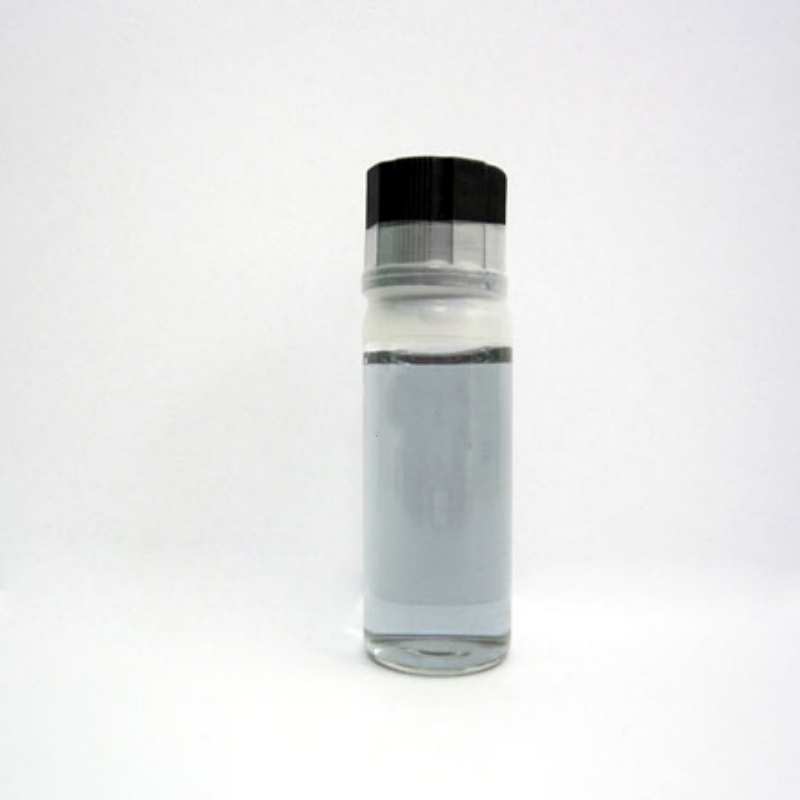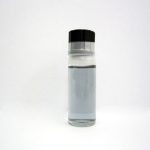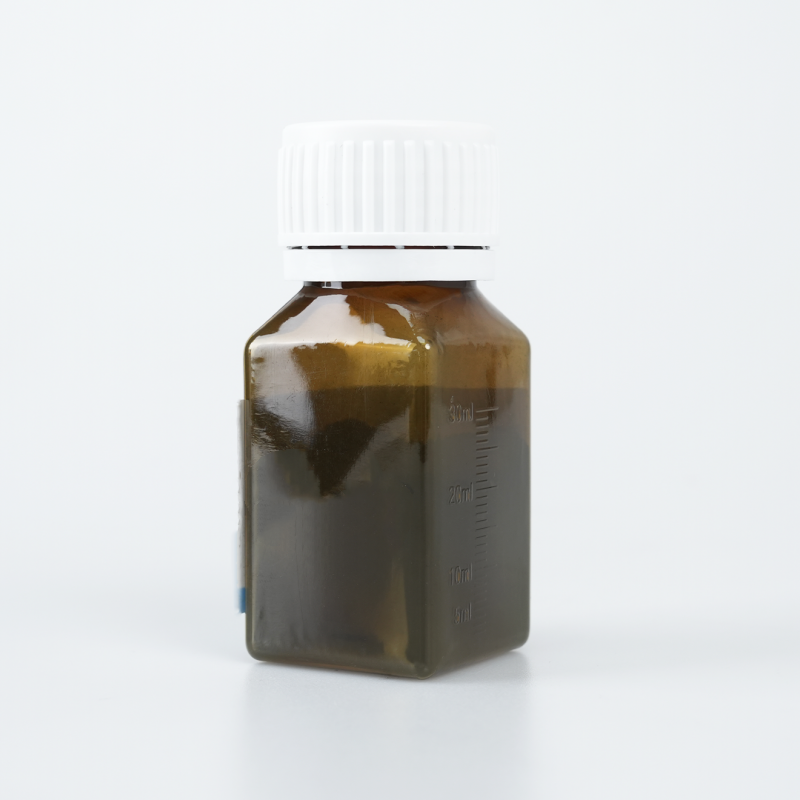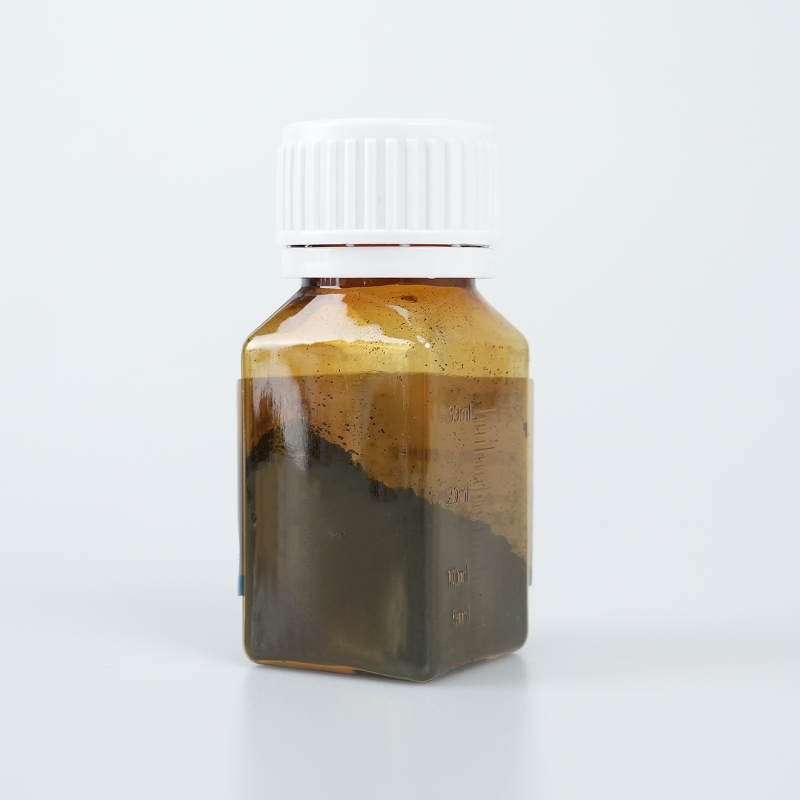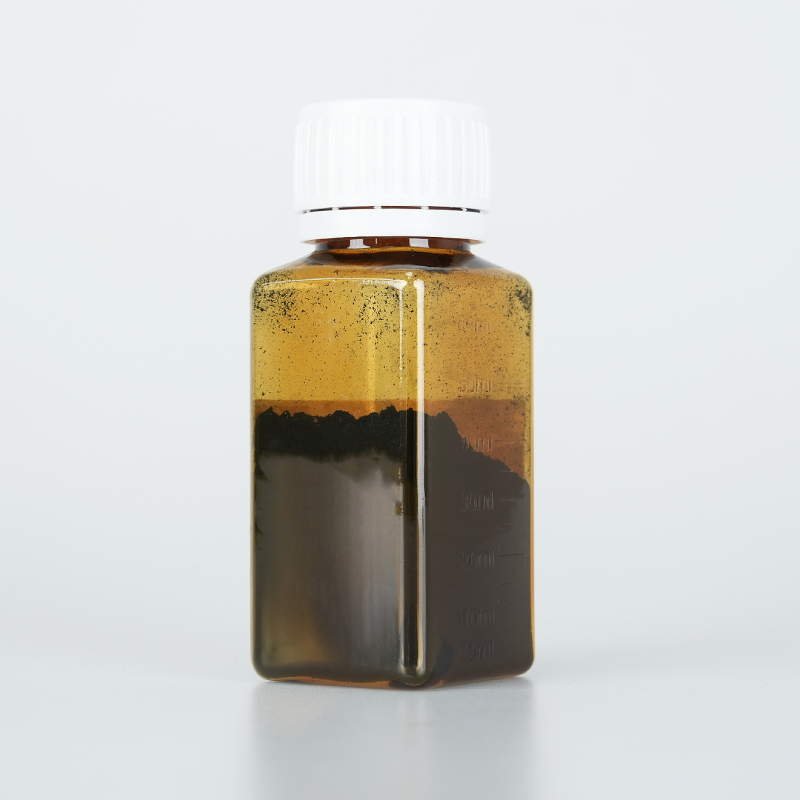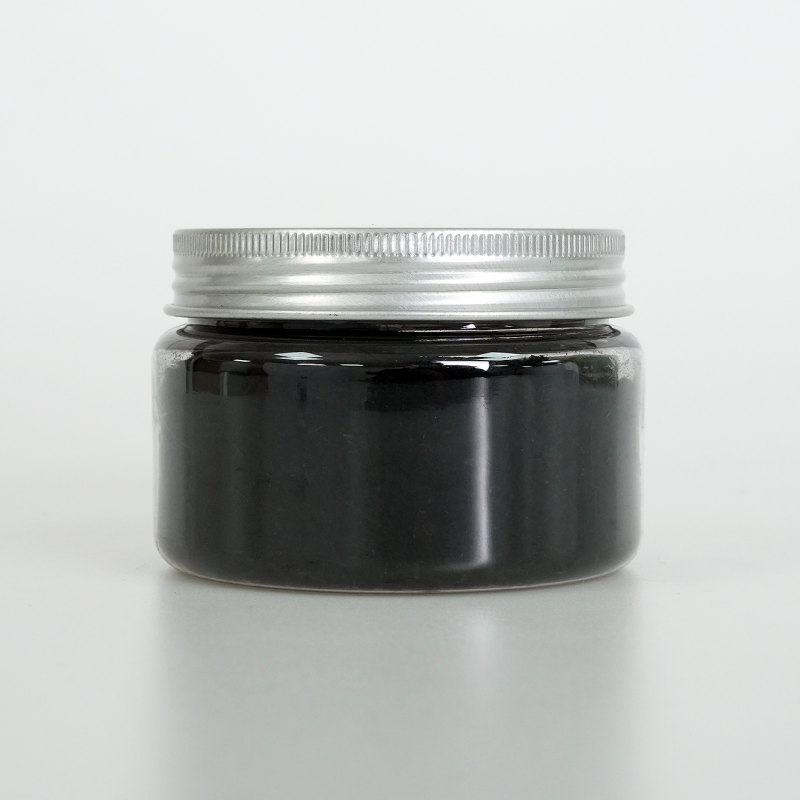Gold nanocages (AuNC) provide optimized hollow nanostructures, superior plasmonic properties, and enhanced photothermal efficiency. Designed for advanced applications, they ensure efficient drug delivery, extended stability, and high-performance adaptability.
Product Overview
Gold nanocages (AuNCs) are nanomaterials with hollow, porous structures, typically composed of gold or gold-based alloys. They are primarily synthesized via the electrochemical displacement reaction between silver nanocubes and chloroauric acid. Due to their unique hollow and porous properties, gold nanocages have broad applications in fields such as photothermal therapy, drug delivery, imaging, and catalysis.
Features
- Hollow Structure: The internal hollow structure of gold nanocages gives them unique advantages in photothermal conversion and drug delivery applications.
- Porous Walls: The porous walls of the nanocages increase the surface area, enhancing interactions with biomolecules and improving functionality.
- High Photothermal Conversion Efficiency: Gold nanocages effectively convert absorbed light into heat, making them widely used in photothermal therapy, especially for cancer treatment.
- Tunable Optical Properties: The size, shape, and wall thickness of gold nanocages can be adjusted to tune their localized surface plasmon resonance (LSPR) properties, allowing control over their optical absorption characteristics.
- Near-Infrared Absorption: Gold nanocages have absorption peaks in the near-infrared region, which is ideal for biomedical imaging and treatment since near-infrared light has strong tissue penetration properties.
- Good Biocompatibility: Gold nanocages generally exhibit excellent biocompatibility, making them suitable for use in biomedical applications.
- Easily Functionalized: The surface of gold nanocages can be easily modified to enhance their stability and targeting ability, which is crucial for drug delivery and biomedical imaging.
Applications
- Photothermal Therapy: Gold nanocages effectively absorb near-infrared light and convert it into heat, making them ideal for photothermal therapy applications, particularly in cancer treatment.
- Drug Delivery Systems: The hollow structure of gold nanocages allows them to load drugs, enabling targeted drug delivery and controlled release.
- Diagnostic Imaging: The excellent optical properties of gold nanocages make them promising candidates for imaging technologies such as optical coherence tomography (OCT) and photoacoustic tomography (PAT).
- Biosensing: The localized surface plasmon resonance (LSPR) effect of gold nanocages makes them ideal materials for high-sensitivity biosensors.
- Catalysis: Due to their high surface area and tunable chemical composition, gold nanocages have potential applications in catalytic reactions.
| CAS Number | Packaging | Parameters |
| 7440-57-5 | 10 mL | Diameter: 50nm, Concentration: 0.05mg/ml, Solvent: Water |
| 7440-57-5 | 10 mL | Diameter: 70nm, Concentration: 0.05mg/ml, Solvent: Water |
| 7440-57-5 | 10 mL | Diameter: 80nm, Concentration: 0.05mg/ml, Solvent: Water |
| 7440-57-5 | 10 mL | Diameter: 40nm, Concentration: 0.05mg/ml, Solvent: Water |
| 7440-57-5 | 10 mL | Diameter: 60nm, Concentration: 0.05mg/ml, Solvent: Water |
| 7440-57-5 | 10 mL | Diameter: 100nm, Concentration: 0.05mg/ml, Solvent: Water |
 new material
new material

